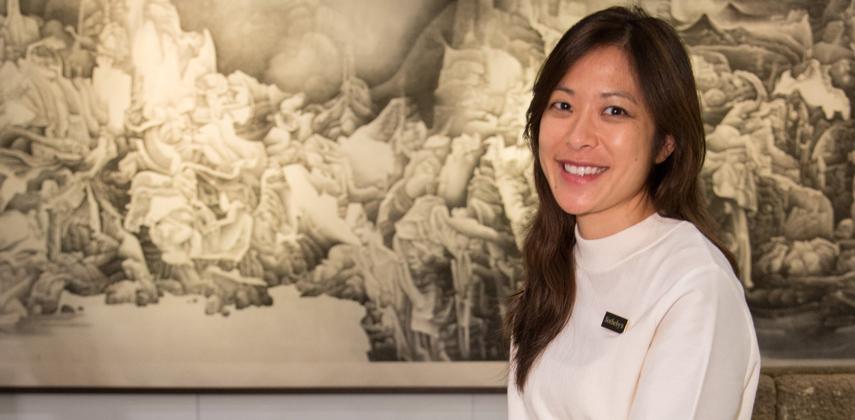Art collecting is a growing market in Hong Kong, with dealers and auction houses constantly in need of expert talent. Sotheby’s Hong Kong’s head of contemporary ink art outlines the current state of the industry.
What trends have you seen shaping the art auction sector over the last few years?
In our auctions in Hong Kong, we are seeing a rising interest in works of historic importance. With this growing depth in connoisseurship, there is a confidence in acquiring art from other regional markets as well.
What effects are these trends having on careers in the sector in Hong Kong?
A global client base creates an interest in global careers. Increasingly, we see the art market as a profession without borders. Knowledge and expertise remain key, but people recognise their many transferable skills might support a change from a gallery to auction house or from dealer to curator for an art foundation.
What are the recruitment challenges for firms like Sotheby’s when looking for talent?
Highly knowledgeable professionals with deep passion for art are attracted to the global platform that the auction industry provides. Fortunately, our international network is also a big draw for early career talent so we can grow from within. We are continually looking for new and interesting ways to create an atmosphere of energy and excitement, career development and growth.
Has Sotheby’s made any changes to its recruitment strategy recently?
Changes in approach, method, medium are all regular occurrences in recruitment. However, at Sotheby’s we are consistent in focusing on our core values, such as collaboration, integrity and excellence.
What separates a great professional in your field from just a good one?
In a word: passion. Going the extra mile, doing more than expected, knowing the intricacies of the masterpieces that you spend every day with. A great specialist loves the work and is excited to immerse themself in the world of devoted collectors who equally love and appreciate the work.
Can you outline the path your career took to get to your current role? Is this a typical progression?
My speciality is in contemporary art, both Western and Asian. I worked for several artists and galleries in New York while getting my degree in art history and visual arts from Columbia University. I then moved to Beijing in 2005 to start a graphic design studio and art advisory firm, working closely with artists, galleries, and collectors in China.
For the past two decades, I have cultivated a personal interest in works on paper, which most recently has led me to joining Sotheby’s as the head of the contemporary ink art department.
Are there any formal qualifications you would recommend professionals in your industry, or those hoping to get into it, acquire?
While a formal degree in art is useful, there are many ways to cultivate expertise that can come from experience and not just a degree. It’s not just about what you know, it’s also about who you know, when regularly engaging with the various stakeholders in the space is essential to success.
How easy is it for professionals from other sectors to move into art auctions? What do they need to consider?
It is not an absolute must to receive formal art education to be involved in the arts. In fact, I believe effective communication, both written and spoken, is the most important qualification for being successful; how one communicates with others is the surest foundation for any business or interaction.
What is the hardest part of your job? And the most rewarding?
Engaging people to look at art with their eyes and not their ears is particularly challenging. Artistic value and market value are two separate aspects of art that the auction house brings together. In an industry that frequently operates behind closed doors, the public aspect of auctions is both a difficult and hugely rewarding challenge to assure collectors of the value in art.
Is a good work-life balance possible in your line of work? Do you have any tips on how to achieve this?
I am fortunate to have always pursued exactly what I wanted in my career and simultaneously cultivated a personal life that works for my family. As a working mom, I took my daughter at six weeks with me to start visiting art galleries – she loved the visual spectacle.
There is always more research, more networking, more time that one could spend at one’s job. I do my best with the resources and time that I have, while keeping focused on the big picture and the key goals at hand.
This article appeared in the Classified Post print edition as Collector's items.


